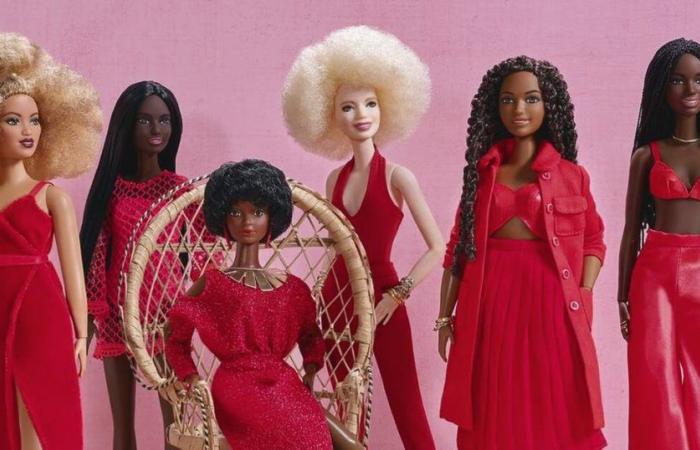Diversity
Article reserved for subscribers
In the wake of the documentary “Black Barbie” which looks back at the history of the first black Barbie, available on Netflix, “Libération” collected the testimonies of black women who grew up without toys that looked like them and of parents confronted with this problem.
“When I think of Barbie, I see a little white doll, with blue eyes, blond hair, pink lips, dressed all in pink and that’s it.” This quote from African-American actress Julissa Calderon, taken from the documentary Black Barbiereleased on Netflix in mid-June, and in which she appears, shows how the very first black Barbie published by Mattel went under the radar of many black women. And yet her arrival, in 1980, marked a turning point in the history of the company as much for its sociological symbolism as for its panache: short Afro hairstyle and provocative red dress inspired by Diana Ross’ stage outfits. It is the story of this doll that director Lagueria Davis sets out to tell in Black Barbie. She calls upon her great-aunt Beulah Mae Mitchell, one of Mattel’s very first black employees, who was tasked with testing hand trucks from 1955, as well as Kitty Black Perkins, the company’s first African-American designer. Actress Gabourey Sidibe, showrunner Shonda Rhimes, creator of the hit series Grey’s Anatomy, Scandal or The Bridgerton Chronicle, or even the ballerina Misty Copeland, the first black principal dancer of the American Ballet Theatre – note that the latter two were given Barbie dolls at the






